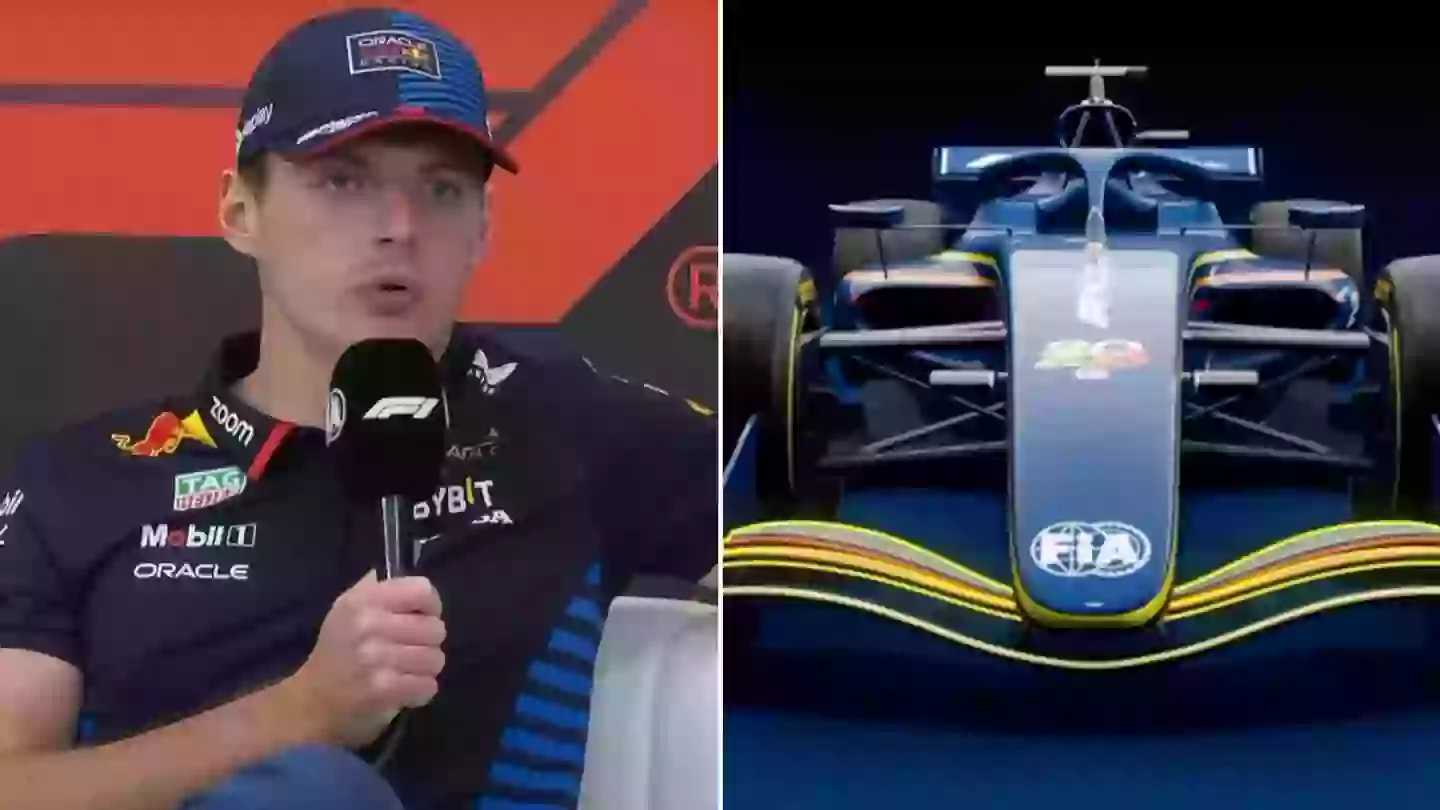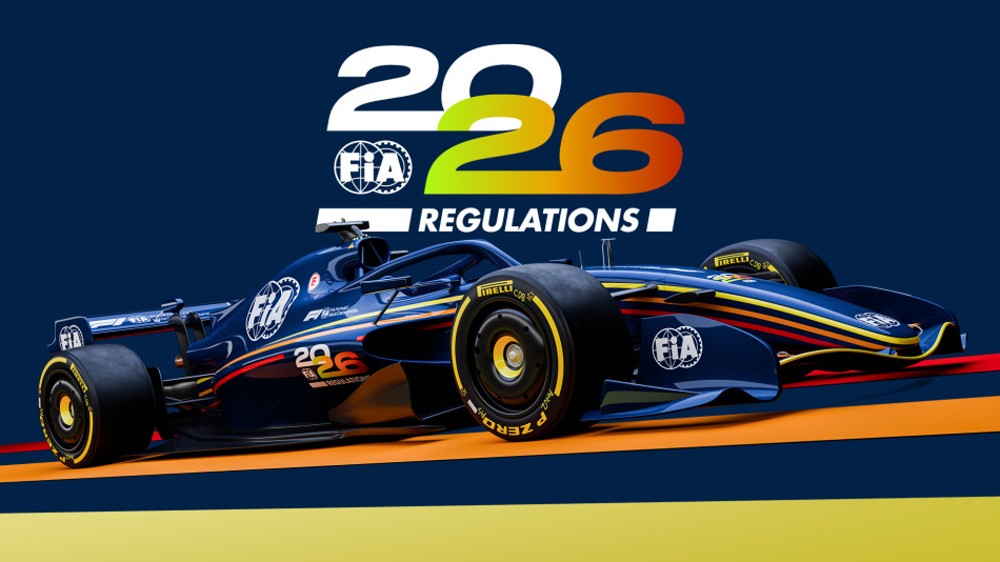The world of Formula 1 is on the brink of a revolution. Starting in 2026, the sport will undergo some of the most drastic changes it has seen in recent history. These changes are not just limited to the cars, but will reshape the entire competitive landscape, including the teams, drivers, and the very philosophy behind the sport. F1 has been pushing the envelope for years, but the upcoming season promises to take everything to a new level, combining innovation, sustainability, and performance in unprecedented ways.

A New Era: Lighter, More Agile Cars
One of the most visible changes for 2026 will be the cars themselves. They will be 30 kilograms lighter, which may seem like a small figure, but this weight reduction is expected to have a significant impact on the handling and agility of the cars on track. Lighter cars will enable drivers to battle more aggressively on track, increasing overtaking opportunities and improving the overall spectacle. This change is designed to create cars that are not only faster but also more responsive to driver input.
In addition to being lighter, the 2026 cars will feature active aerodynamics. This technology will allow drivers to adjust the car’s aerodynamics mid-race to adapt to changing conditions on the track. The active aerodynamic system will allow for a choice between higher downforce for better cornering and lower drag for higher top speeds. This change is expected to make races even more dynamic, as drivers will have the tools to actively adjust their car’s performance to suit their needs throughout the race.
A 50/50 Split: Combustion and Electric Power
Another monumental shift for Formula 1 in 2026 is the power unit change. The 2026 regulations will introduce a 50/50 split between internal combustion engine (ICE) power and electric power. This marks a dramatic change from the current power units, which are predominantly combustion-powered. Currently, around 80% of the power comes from the combustion engine, with only 20% from electric motors. This split will completely change the way the cars are driven and how races are managed from a strategic standpoint.
With this new configuration, electric power will be significantly more potent. The MGU-K (motor generator unit) power output will increase almost 300%, from 120 kW to 350 kW. This increase in electric power will allow for greater energy recovery during braking, and the amount of energy that can be recuperated per lap will double. This means drivers will need to completely rethink their race strategies, especially in terms of how they deploy and manage electric power during a race.
Furthermore, the shift to 100% sustainable fuels will take center stage. This change aligns with Formula 1’s commitment to sustainability, aiming for a net-zero carbon footprint by 2030. These advanced, sustainable fuels are already being tested in lower-tier motorsport series like F2 and F3, and by 2026, they will be mandatory for all F1 cars. This shift not only supports the environment but also ensures F1 remains relevant to the automotive industry’s ongoing transition towards electrification and sustainability.

The Game-Changer: Active Aerodynamics
While many of the changes for 2026 focus on the power unit and car design, the most exciting innovation could be active aerodynamics. In 2026, drivers will be able to switch between high downforce and low drag configurations, which will allow them to optimize their car’s performance for different parts of the track. This change is a significant step forward from the current Drag Reduction System (DRS), which only activates in designated zones and under specific conditions.
With active aerodynamics, drivers will be able to change their car’s aerodynamic settings at will, allowing for better performance on straights and improved handling through corners. This system will be available throughout the entire race, giving drivers the ability to adjust their car’s setup dynamically. The introduction of active aerodynamics will create new challenges for teams, who will need to optimize their cars for both cornering and straight-line speed. This will likely lead to more complex car development and more exciting racing.
Smaller, Faster, and Safer
Aside from the changes to aerodynamics and power units, the 2026 regulations will also see a reduction in car size. The maximum wheelbase will be reduced by 200mm, and the width of the cars will be cut by 100mm. These changes will make the cars more nimble and easier to handle, which should improve their agility in tight corners. The lighter weight and smaller dimensions will make overtaking easier and more frequent, increasing the competitiveness of races.
Safety remains a top priority for Formula 1, and the 2026 regulations introduce several new measures to improve driver protection. The chassis will undergo more stringent crash tests, and the front impact structure will be redesigned to mitigate the risk of detachment in case of an accident. Additionally, the roll hoop loads will increase from 16G to 20G, and side intrusion protection will be enhanced. These changes will ensure that the cars are both safer and more resilient in the event of a crash.
A Complete Overhaul of Overtaking
Overtaking, which is often seen as a critical aspect of racing, will also be revolutionized in 2026. The manual override mode will replace traditional DRS advantages, allowing the following car to benefit from additional electric power when attempting an overtake. The amount of energy deployed in this mode will depend on the car’s proximity to the car in front, and drivers will need to use the extra power strategically to make successful overtakes.
This system will create a more level playing field for overtaking, as it gives drivers the ability to deploy extra energy when they need it most. The strategy behind deploying this energy will become a critical factor in the race, adding another layer of excitement to the sport.
A Changing Landscape for Teams and Drivers
The changes for 2026 are not only technical but also strategic. With the new regulations, teams will need to develop cars that are optimized for two different modes: one for cornering and one for straight-line speed. This will require new simulation techniques and development strategies. Teams are already focusing on 2026, with many prioritizing the new car designs over the performance of their current cars. The challenge of adapting to these new regulations is immense, and the pressure is on to get everything right.
Furthermore, the entry of new manufacturers like Audi, Ford (partnering with Red Bull), and Cadillac is expected to shake up the competitive landscape. The new regulations offer opportunities for these manufacturers to enter the sport and make their mark, which could lead to some fresh rivalries and new partnerships in the coming seasons.
The Driver Market: Shifting Alliances and New Deals
The 2026 changes are also having a significant impact on the driver market. As teams focus on the future, drivers like George Russell are leveraging their performances to secure long-term contracts. Russell, in particular, has been vocal about his desire for a multi-year deal with Mercedes, and his strong performances in the 2024 season have only strengthened his negotiating position. Meanwhile, the potential for Max Verstappen to leave Red Bull and join Mercedes has been a topic of much speculation.
Russell’s rise as one of the sport’s top talents, along with the increasing tension between him and Verstappen, is likely to lead to some high-stakes driver moves in the coming years. These developments highlight the complexity of managing top-tier drivers within the same team, especially as they both vie for the same top seat at Mercedes.
The Road Ahead
As we approach the 2026 season, the future of Formula 1 looks incredibly exciting. The technical and strategic changes will provide teams, drivers, and fans with a new way of experiencing the sport. While the challenges of adapting to the new regulations are significant, they also present an opportunity for innovation and creativity, ensuring that Formula 1 remains at the cutting edge of motorsport. The 2026 season promises to be a groundbreaking year, with new technologies, new players, and new strategies that will redefine the sport for a new generation.
Full Video:
